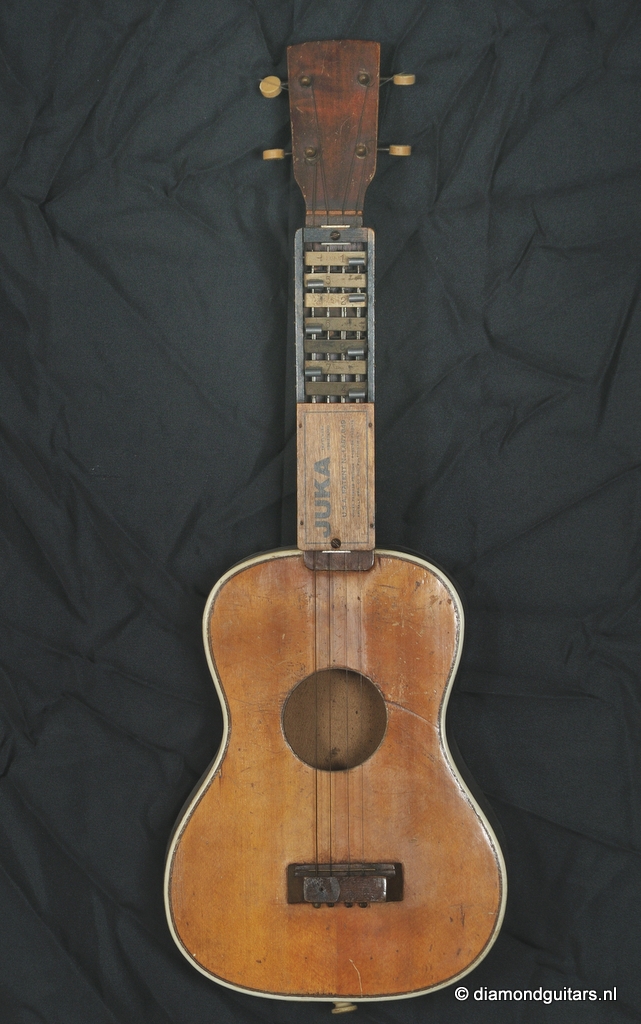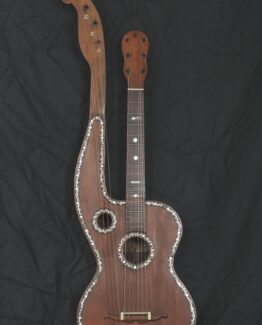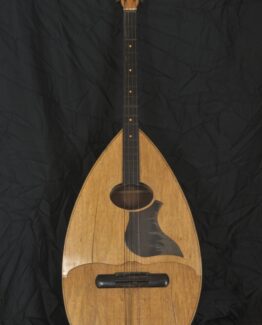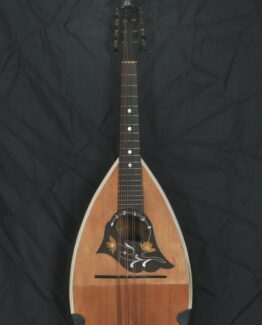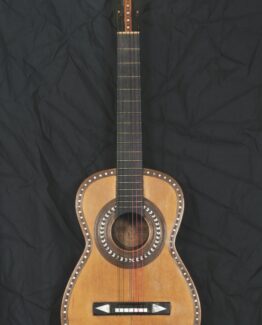Description
This collection of 13 Braguinha & Ukelele’s show the link between the two instruments, with the braguinha being the direct ancestor of the Hawaiian uke. Between 1870–1930, they made the leap from local folk instrument to worldwide popular craze.
The Braguinha (Cavaquinho Madeirense) originated from Madeira, Portugal and is also called Machete de Braga. the design shows a small, figure-eight shaped body (like a tiny guitar). 4 gut strings (later steel) and a Short scale, 12–15 frets. The Tuning: Commonly D–G–B–D (like the top 4 strings of a guitar in open G). The instrument is used in folk music of Madeira and Portugal; bright, percussive accompaniment.
In 1879, Madeiran workers emigrated to Hawaii, bringing the braguinha (and related cavaquinho family instruments). Locals adapted the instrument, renaming it ʻukulele — often translated as “jumping flea” (for the fast finger movement). Initially gut-strung, later gut/nylon.Sizes developed fromsoprano (original size), to concert and later tenor (by 1920s). Tuning: Standardized to C6 (G–C–E–A, reentrant). The instrument spread worldwide with Hawaiian performers at world fairs and U.S. tours. At the 1915 Panama-Pacific International Exposition (San Francisco) the Ukulele was introduced to mainland USA and started an instant craze. By the late 1920s, millions of inexpensive ukuleles were sold worldwide.

